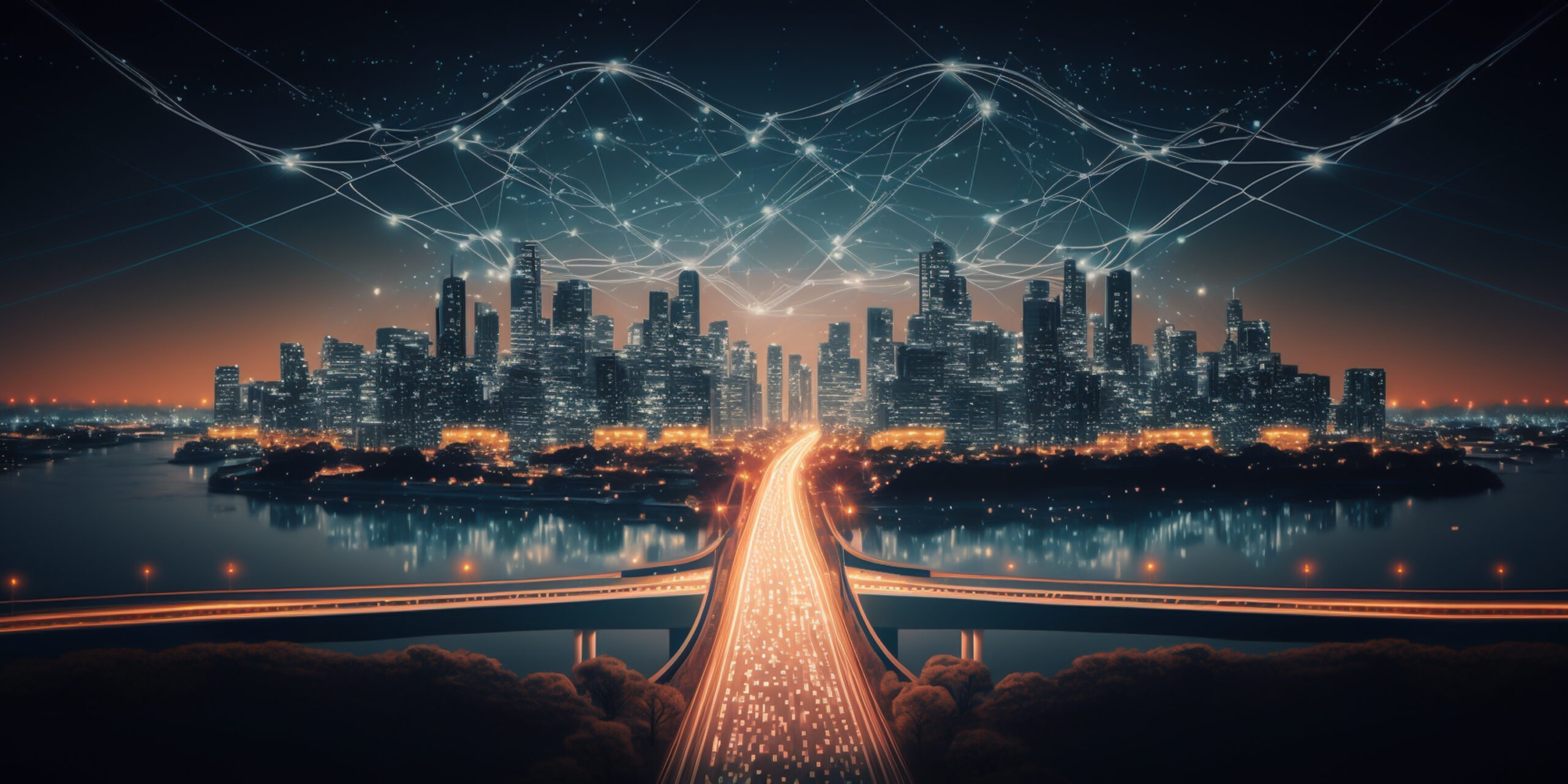Forecasting the exact appearance of infrastructure in 2050 poses difficulties, given the various elements that can shape it, including technological progress, population expansion, and political and economic modifications. Yet, it’s plausible that the infrastructure in 2050 will feature enhanced sustainability, efficiency, and resilience compared to the present infrastructure.
- Renewable energy dominance: Infrastructure in 2050 will likely rely heavily on renewable energy sources, including solar and wind power, to decrease dependence on fossil fuels and decrease greenhouse gas emissions.
- Sustainable infrastructure: Sustainability will be a primary focus of infrastructure projects in 2050, with an emphasis on reducing the environmental impact of construction and operation and ensuring resilience to changing conditions.
- Intelligent infrastructure: Smart technology that can gather and analyze data to respond to evolving demands and conditions will likely be integrated into infrastructure in 2050. For instance, smart grids will automatically regulate energy production and distribution to meet the changing needs.
- Electric and autonomous vehicles: The increased usage of electric and autonomous vehicles could prompt a transformation in the design and usage of transportation infrastructure. This may decrease the necessity for conventional roads and highways and raise the utilization of charging stations and vehicle-to-infrastructure communication technology.
- Integrated infrastructure systems: Infrastructure in 2050 may have better integration among various sectors like energy, transportation, and water management, resulting in more efficient and resilient infrastructure capable of meeting community requirements.




